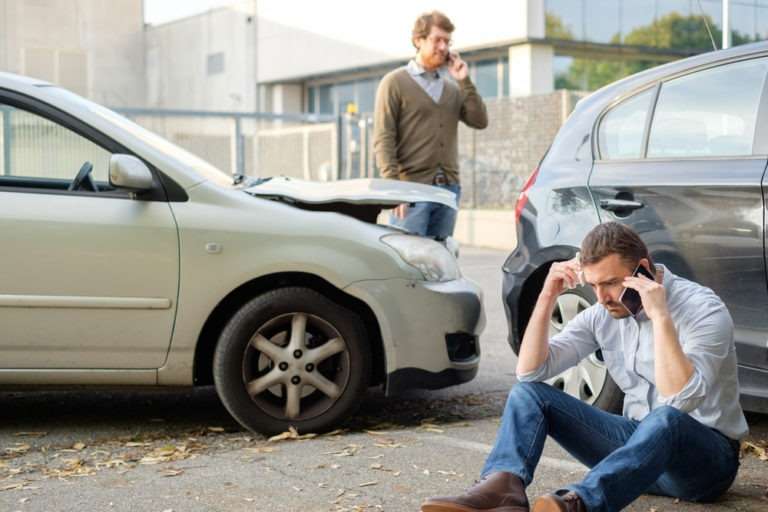
Fault in a rear-end collision depends on who acted negligently. This party could be the driver in front or in the back. Information that can be used to demonstrate fault includes the police report, traffic camera footage, and eyewitness testimony.
How We Determine Whether You Can Recoup Damages for Your Rear-end Collision
The American Bar Association (ABA) says that for another party to be held accountable for your losses, they must have acted negligently. If you partner with our law firm on your case, to recoup compensation for your losses, we must ask ourselves the following questions:
- Did the other driver have a duty of care toward you?
- Did the other driver violate this duty of care?
- Did the other driver cause your accident?
- Did you suffer financial, emotional, and physical losses as a result of the collision?
If we can answer “yes” to all of these questions, then you could recover compensation for your damages.
The Fault Could Rest with the Negligent Driver
All motorists have a duty of care to drive safely and uphold others’ safety. When a driver acts negligently, this automatically breaches their duty of care. Some acts of negligence include:
- Driving while intoxicated
- Driving while under the influence of recreational or prescription drugs
- Speeding
- Distracted driving, like texting while behind the wheel
- Tailgating
- Engaging in road rage
The National Highway Traffic Safety Administration (NHTSA) says that most car accidents are caused by human error, accounting for 94% of all crashes. However, your accident could have been the result of faulty brakes or inclement weather conditions.
These factors can complicate who can be held responsible for a rear-end collision.
The Evidence We Use to Prove Negligence
Earlier, we noted that the police report, traffic camera footage, and eyewitness testimony can determine who caused a rear-end collision. Other pieces of evidence that can be used to demonstrate fault include:
- Accident reconstruction specialist testimony
- Black box data
- The points of impact
- Photos of the accident scene and the involved vehicles
- Skid marks, broken glass, and debris at the accident scene
If another party is primarily responsible for causing a crash, then they can be held accountable for your damages, as explained under NRS §41.141.
Possible Liability in Rear-end Collisions
Here are some hypothetical situations that could provide more clarity into who is responsible for your rear-end collision:
The Front Driver Caused the Crash
If the driver in front braked suddenly, this could have caused the driver in the rear to hit them. All drivers are expected to brake in a reasonable manner to avoid accidents. By braking suddenly, the driver in front would have caused the accident, even though the driver from behind struck them.
The Back Driver Caused the Crash
Alternatively, the rear driver could have caused the accident if they were following too closely or speeding. All drivers are expected to maintain an appropriate following distance and obey the speed limit.
The at-Fault Driver Could Be Held Financially Responsible for Your Losses
If you were hurt in a rear-end collision caused by another driver, regardless of whether they were in the front or the back, you may be able to secure compensation for the following losses:
- Past and future medical bills
- Past lost wages
- Loss of future earning capacity
- Past and future pain and suffering
- Property damage or car replacement expenses
- Past and future mental anguish
You may also recover other types of losses depending on the severity of your injuries, the cost of your economic losses, and the details of your situation.
The Fault Could Rest with the Car Manufacturer
The NHTSA has recalled hundreds of millions of vehicles since the 1960s. Your collision could have been the result of a defective component, like faulty brake pads or brake cables.
In this case, you could have a case against a product manufacturer. You would not need to prove negligence here. You would need to prove that the faulty component in question caused your accident.
How Long Do You Have to Hold the Other Party Accountable with a Lawsuit?
The following deadlines could apply to your case, per NRS §11.190(4)(e):
- You could have two years to file a personal injury lawsuit. The “clock” starts running from the date of the incident.
- You could have two years to file a wrongful death lawsuit. This timeline begins from the date of your loved one’s passing.
Certain exceptions could apply. Typically, if you do not act within the two-year timeframe, you lose the chance to pursue compensation through the court system. At this point, the insurance company would have little incentive to settle your claim, as well.
Call Our Attorneys at High Stakes Injury Law for a Free Case Assessment
You can learn more about fault in a rear-end collision by calling our team at (702) 444-3228. We can answer all of your questions and explain what plan of action can resolve your case.
